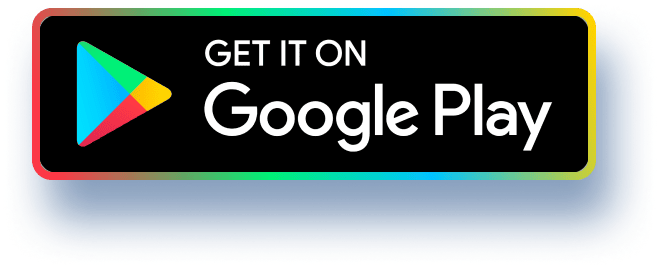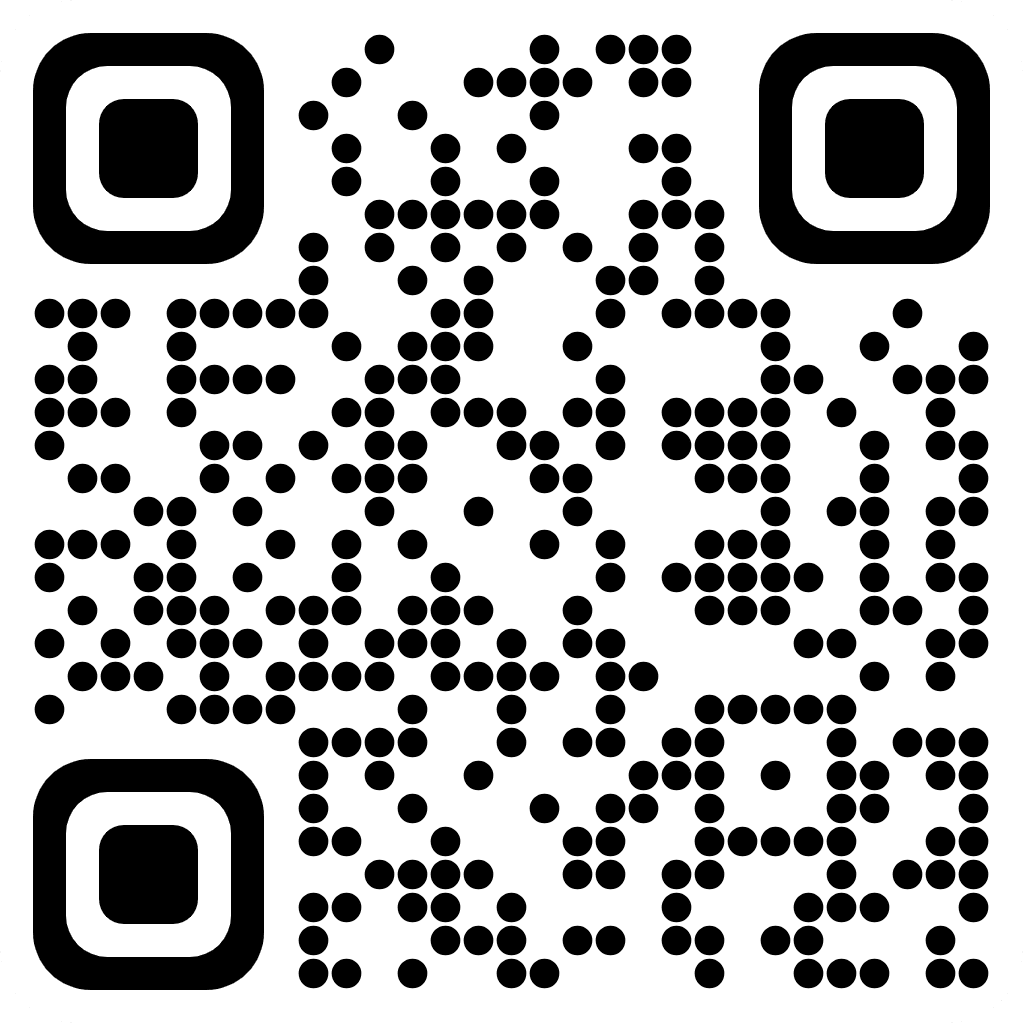/nArticulation of Response Submission is free of errors related to
citations, grammar, spelling, syntax, and organization and is presented in a
professional and easy to read format.
Submission has no major errors related to citations, grammar, spelling,
syntax, or organization.
Submission has major errors related to citations, grammar, spelling,
syntax, or organization that negatively impact readability and articulation of
main ideas.
Submission has critical errors related to citations, grammar, spelling,
syntax, or organization that prevent understanding of ideas. 5.5
Total 100%/nInvestigation Meets "Proficient" criteria, and response demonstrates
insight into relationship between issue and social scientific thinking.
Illustrates how investigation of issue impacted thinking on the issue,
supporting response with examples from research investigation.
Illustrates how investigation of issue impacted thinking on the issue, but
with gaps in clarity, detail, or support.
Does not illustrate how investigation of issue impacted thinking on the
issue. 13.5.
Evidence-Supported Research Meets "Proficient" criteria, and response
demonstrates keen insight into impact of evidence supported social science
research on personal and professional experiences.
Explains why using evidence supported research can give both a
personal and professional advantage.
Explains why using evidence supported research can give both a
personal and professional advantage, but with gaps in clarity or detail.
Does not explain why using evidence-supported research can give both
a personal and professional advantage. 13.5.
Message Meets "Proficient" criteria, and presentation demonstrates
understanding of effectively communicating with specific audiences by tailoring
message. Communicates message effectively in a way that is tailored to specific
audience.
Communicates message to audience, but communication is not
effective or is not tailored to specific audience Does not communicate message
to audience.13.5/nExplains how issue impacts audience, supporting response with examples
from research investigation.
support.
13.5
Explains how issue impacts audience, but with gaps in clarity, detail, or
Does not explain how issue impacts audience.
Critical Elements Exemplary (100%) Proficient (85%) Needs Improvement (55%)
Not Evident (0%) Value.
Evidence Meets "Proficient" criteria, and response demonstrates strong
understanding of using evidence in drawing conclusions about the impact of
contemporary social scientific issues.
Describes evidence that supports conclusions about impact of issue on
self and audience, supporting response with examples from research
investigation.
Describes evidence that supports conclusions about impact of issue on
self and audience, but with gaps in clarity, detail, or support.
Does not describe evidence that supports conclusions about impact of
detail.
issue on self and audience. 13.5
Personally Meets "Proficient" criteria, and explanation demonstrates
keen insight into impact of social sciences on personal experiences
Explains why issue is important personally.
Explains why issue is important personally, but with gaps in clarity or
Does not explain why issue is important personally.13.5./nBe sure to include speaker notes for each slide of your presentation. The
speaker notes should help you address the critical elements and should reflect what you
would say were you to be giving this presentation.
Project Two Rubric Guidelines for Submission: Your presentation should have
approximately 5-7 PowerPoint slides. Your submission should also include speaker notes
that represent what you would say if you were actually giving the presentation. Citations
should be formatted according to APA style.
Critical Elements Exemplary (100%) Proficient (85%) Needs
Improvement (55%) Not Evident (0%) Value
Social Sciences Meets "Proficient" criteria, and response expertly
balances necessary detail with brevity.
Provides brief overview of how social sciences have previously examined
issue and identifies which social science disciplines have previously been used to
research issue.
Provides brief overview of how social sciences have previously
examined issue and identifies which social science disciplines have previously
been used to research issue, but with gaps in detail or clarity.
Does not provide brief overview of how social sciences have previously
examined issue and does not identify which social science disciplines have
previously been used to research issue 13.5
Audience Meets "Proficient" criteria, and explanation demonstrates
sophisticated understanding of relationship between issue and audience./nI.
II.
III.
IV.
V.
VI.
VII.
Provide your issue's research question. In a brief overview, how have the social sciences
previously examined your selected issue? Include which social science disciplines have
previously been used to research or explain your issue.
Explain how the issue impacts the audience. In other words, how is the issue relevant to
members of the audience? Why should the audience care about the response to your
question or the outcome of your investigation? Support your response with specific
examples from your research investigation.
Describe the evidence you have to support your conclusions about the impact of the
issue on you personally and on your audience. Support your response with specific
examples from your research investigation.
Explain why this issue is important to you personally. In other words, why did you select
this issue to investigate?
V. Illustrate how your investigation of the issue impacted the way you thought about the
issue. In other words, how did thinking like a scientist to research and develop a
question affect what you thought about the issue you selected? How did social scientific
thinking change the lens through which you viewed the issue? Support your response
with specific examples from your research investigation.
Explain why using evidence-supported research can give you both a personal and
professional advantage. In other words, what is the value of supporting your work with
evidence?
Communicate your message in a way that is tailored to your specific audience. For
instance, you could consider your vocabulary, your audience's potential current social
science knowledge or lack thereof, and what is specifically important to the audience./nSCS-200 applied social sciences
8-1 project two presentation
SCS 200 Project Two Guidelines and Rubric
Overview Professionals in the social sciences investigate human behavior and society for the
purpose of understanding why people act the way they do. This investigation can help address a wide
variety of social issues, such as the role of social media in the Arab Spring protests, the impact of social
skills on future success, racial factors in police violence, and how partitioned grocery carts can help
shoppers purchase healthier foods. Social scientists can help address issues such as these through
research and investigation. For the second project in this course, you will build on the work completed in
Project One and develop a presentation for the audience you identified in Project One. In your
presentation, you will explain how social scientific thinking has affected you and discuss the impact of
the issue on your audience, supporting your claims with evidence. Project Two addresses the following
course outcomes: ● Illustrate the impact of social scientific thinking on personal and professional
experiences • Communicate effectively to specific audiences in examining fundamental aspects of
human behavior. Utilize evidence-based approaches in drawing conclusions about the impact of
contemporary issues on individuals and society.
Prompt In Project Two, you will use the research investigation you wrote for Project One to
create a presentation that explains how social scientific thinking has affected you and discusses the
impact of your selected issue on your audience.
Be sure to include your research question on the first slide of your presentation.
Specifically, the following critical elements must be addressed:/nHiring Manager
Need to Hire
Arises
Fill Out Hiring
Request Form
Submit to Upper
Management
for Approval
Manager Submits
Approved Requested
Hire Form
Get Desired Ad Copy
from Hiring Manager
Send Job Info to HR
Assistant for Job Ad
Posting
Applicant Received.
Suitable Candidate?
Begin Interview/
Hiring Process
Recruiting Process
-Yes
Upper Management
No
Review Application.
Application
Approved?
-No
Yes
HR Assistant
Place Internet Job Ad
with Desired Ad Copy
and Job Description
Responses Received?
Forward Received
Responses to Hiring Yes-
Manager
No
Wait a Month. Any
Responses?
No
Remove Ad and
Inform Manager/nM2 Assignment
Due June 18, 2023
Note 1: Show all your work to get credit. Write your solutions clearly and neatly.
Note 2: All your answers must be your original work. Cite your sources (if any) properly and
include them in a references section at the end.
Note 3: Question 1 is worth 20 points and questions 2 and 3 are worth 15 points each.
1. Chapter 8: In your work environment select a process that is dysfunctional.
a) Depict the process using a swimlane diagram. Make sure all the steps of the process and
the arrows used to show the flow are clearly illustrated in your chart. See Figure 8.4 on
page 332 of the textbook for an example.
b) Develop a 5w2h framework for the process. Use the questions presented in Table 8.1 on
page 336 for the process analysis.
c) Discuss opportunities to improve the process.
2. Chapter 9: Find an academic journal article about the use of theory of constraints (TOC)
in healthcare. Briefly discuss the important points and findings of the article in your own
words and provide your comments (about 300-400 words). Start your discussion by citing
the article.
3. Chapter 10: Provide your answer to one of the options below (not both).
Option 1: Problem 1 of Chapter 10 on page 440 about weekly scheduling of lab technicians.
Clearly define the decision variables and the objective function in your answer and explain
the constraints. Excel Solver can be used to solve for the model.
Option 2: Chapter 10 discusses three types of scheduling: staff scheduling, job scheduling,
and patient appointment scheduling. Provide two examples for any of these types of
scheduling from your experience that are inefficient. Discuss the inefficiencies and
recommend a scheduling method from the ones discussed in the textbook. Explain how the
recommended model could help to improve the inefficiencies you discussed.










